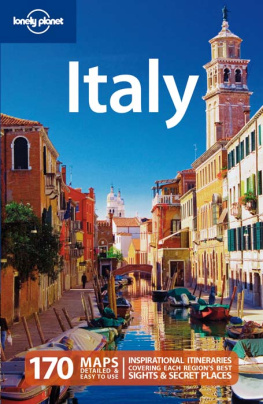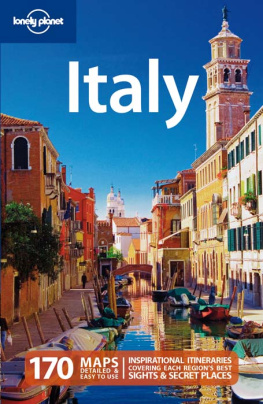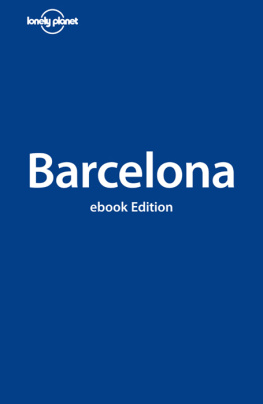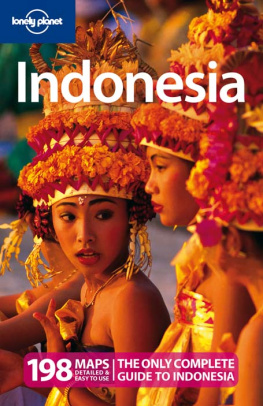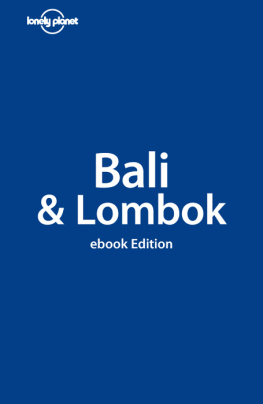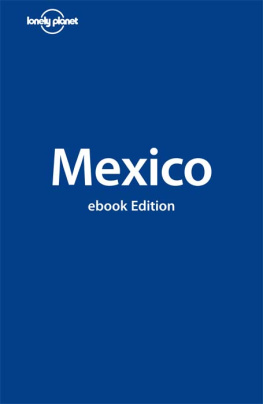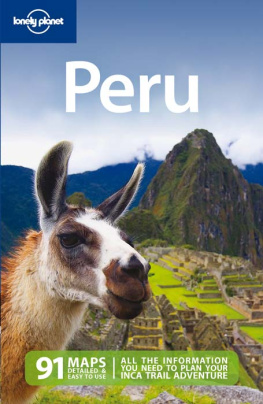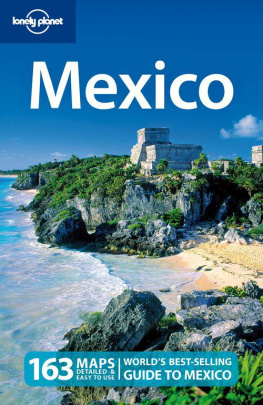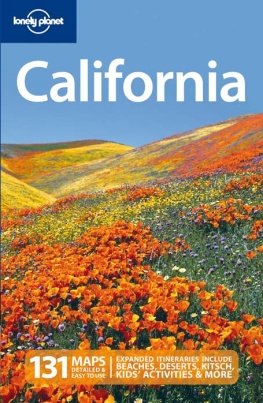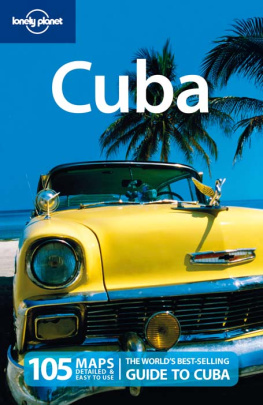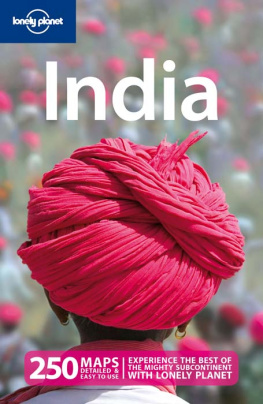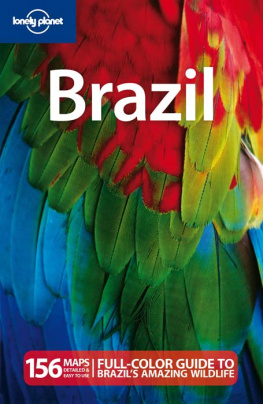Destination Italy
I am young and send texts (sms), Italys prime-minister-cum-media-tycoon Silvio Berlusconi remarked with his Cheshire-cat smile in a TV interview in early 2009. Born in 1936 and keen to promote his sense of eternal youth, Berlusconi is the image of the Italian self-made man who once made his living singing on cruise ships but became wealthy in construction and, from 1980, the media.
Elected three times as prime minister since 1994 (most recently in a landslide in 2008), Berlusconis electoral fortunes slipped in mid-2009 in nationwide provincial and municipal polls as he was enveloped by scandal. After his wife, former actress Veronica Lario, announced she would file for divorce and claimed her husband consorted with minors, an investigation was opened into the presence of call girls at parties hosted by the prime minister.
Berlusconi declared the claims to be part of a plot orchestrated by the left and publications like La Repubblica and Espresso (both owned by a rival tycoon). The prime minister has, since the early 1990s, been involved in numerous court cases related to claimed wrong-doing in his business affairs. Nothing has ever stuck but, as head of the government, he promoted an immunity law, passed in July 2008, that protects him from prosecution while in office. It came in before his British lawyer, David Mills, was convicted in February 2009 of taking bribes from a Berlusconi company to hush up evidence in other trials against Berlusconi.
In a sense, twas ever thus. The land that gave us Roman efficiency and Renaissance aesthetics has a turbulent history. The peninsula remained hopelessly divided into bickering city-states and small warring kingdoms after the fall of Rome and eventually succumbed to foreign control. Italy only reunited and regained independence in the late 19th century. Since then, what is today Europes fourth largest economy has been a country of enormous contradictions.
FAST FACTS
Population: 59.6 million
Area: 301,230 sq km
GDP: 1273 billion (21,359 per head)
GDP growth: -1%
Tourism contribution to GDP: 11.5%
Inflation: 0.2%
Unemployment rate: 7.8% (10-13.5% in the south)
Average life expectancy: 77.6 years (men), 83.2 years (women)
Highest point: Mont Blanc (Monte Bianco) at 4807m
Coffee consumption: Italians drink 600 cups per head a year, according to one study!
The Belpaese (Beautiful Country) is one of the single greatest repositories of sensorial pleasures on earth. From art to food, from stunning and varied countryside to flamboyant fashion, Italy has it all. This is the country that brought us Slow Food, devoted to the promotion of fresh products and fine traditional, cooking. What started as a local protest against fast food has become a worldwide movement.
With 44 sites, Italy has more Unesco World Heritage sites than any other country on earth. Its great citt darte (cities of art), like Rome, Venice and Florence, have been attracting visitors for centuries, and with good reason. At times, it seems like the country rests on its artistic laurels. This is not entirely true. Milan, the countrys financial hub, has created one of Europes biggest and most modern trade fairs and is planning a major residential development, the CityLife complex , in the heart of the city. Venice is possibly the city that has, in appearance, changed least down the decades but it has recently opened a sleek new bridge over the Grand Canal and a spectacular contemporary art space at the Punta della Dogana.
Nature occasionally strikes hard at Italys artistic wealth. Flooding in 1966 caused incalculable damage to Venice and Florence. One of the positive results of those disasters was the emergence of a new class of expert art restorers. Such expertise will be in demand in Abruzzo, struck by an earthquake (6.3 on the Richter scale) on 6 April 2009. It left 295 dead and 55,000 homeless. The city of LAquila, at the epicentre, was hit especially hard. Stupor at the collapse of the general hospital in LAquila turned to anger when it was revealed that it had been operating without permits and had not been built to meet the seismic standards of the area.
Berlusconi promised 8 billion for reconstruction and an anti-Mafia watchdog to make sure organised crime didnt benefit from these funds. He also moved the July G8 world economic summit from Sardinia to LAquila, at a time when Italys economy was looking especially fragile. The International Monetary Fund predicted a 2.1% drop in Italian GDP in 2009 and further losses in 2010.
The question of the Mafia remains an open sore. The publication in 2006 of Gomorra, a chilling and personal account of the Naples Camorra by journalist Roberto Saviano, showed just how deep the problem goes.
Although Sicilys Cosa Nostra grabs many of the headlines, the Camorra is Italys biggest organised crime group (if this mix of warring clans can be considered a single entity). Known to its own members as The System, it is involved in everything from drugs and arms trafficking to illegal industrial waste disposal. Occasionally there is good news on the crime front. In early 2009, Salvatore Zazo, a key Camorra boss involved in drug trafficking between Colombia and Naples, was arrested in Barcelona, Spain.
Immigration is a hot potato. Immigrants have forever changed the face of Italian cities and towns, bringing cultural enrichment and social tension. Berlusconis centre-right administration has made illegal immigration a major issue and, in 2009, signed a deal with Libya allowing Italian Navy vessels to force boat people back to Libya. The first three boatloads were sent back in May, raising eyebrows from the UN to Brussels and causing an outcry at home. Further protest came with a new, hardline security law package passed in July. It makes illegal immigration a criminal offence and obliges doctors, among others, to report patients without legal papers to the police.
Berlusconi dropped another bombshell in February 2009 when he announced that Italy, which had turned its back on nuclear power in the 1980s, would build four reactors with the aid of the French EDF power giant.
Meanwhile, Pope Benedict XVI got himself into hot water after reinstating four arch-conservative bishops who had been under a papal ban since 1988. One of them, the British Bishop Richard Williamson had, only days before the Vaticans announcement, declared he did not believe in the Jewish Holocaust in WWII. Both the Pope and Williamson wound up making public apologies.
A feeling of apprehension pervades much of Italian society, but an irrepressible sense of humour allows Italians to poke fun at themselves and their leaders and get on with the good things in life. A lovely case in point is the 2008 film, Il Divo , about long-standing political eminence Giulio Andreotti.
Getting Started
You could keep visiting Italy for the rest of your life and still not exhaust all it has to offer. Its a treasure chest of art, a living tableau of human history, a culinary delight, and a natural wonder with everything from craggy mountains and glistening glaciers to sparkling seas and golden beaches.
WHEN TO GO
The immediate response is any time! On a more serious note, the best period is April to June. The weather then is sunny without being stifling, the countryside bursts with spring flowers, and the flood of summer tourism, largely dictated by school holidays, has yet to crash over the peninsula. Most Italians hit the road in July and August, so those two months in which prices soar, tempers flare and the country broils are best avoided.
The vision of Italy as the land of eternal Mediterranean sunshine is a trifle distorted. In the Alps, winters are long and severe. First snowfalls usually occur in November, and freak falls in June are not unusual. The ski season is high season in the Alps. Those mountains shield Lombardy from the extremes of the northern European winter, but cloud and rain are common Milan comes close to being Italys London.

